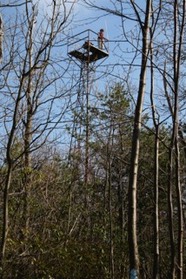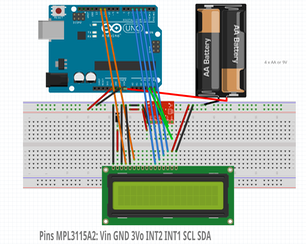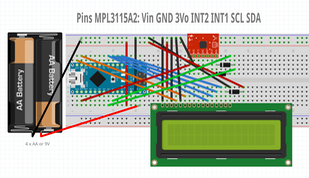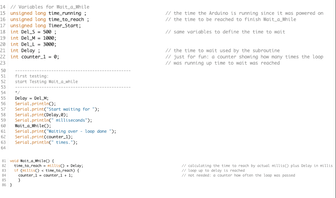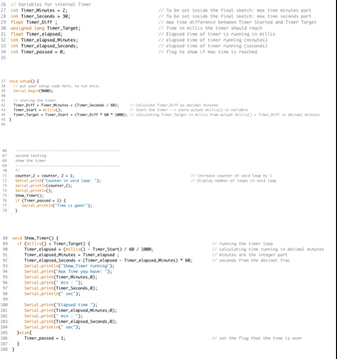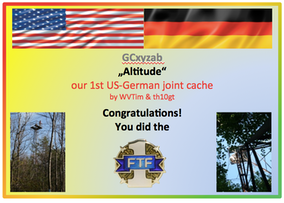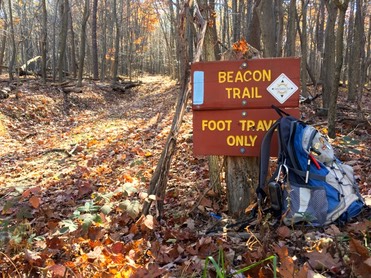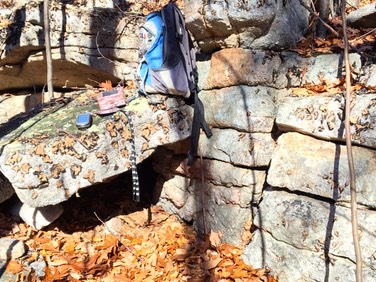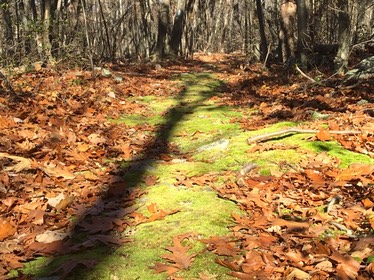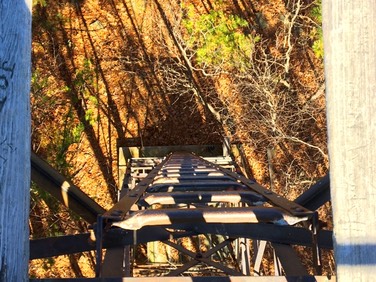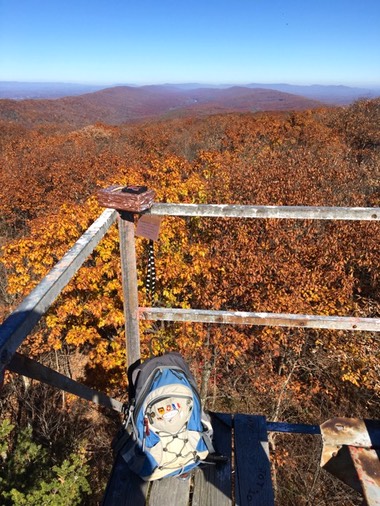1st Joint-US-GE-Cache „Altitude“ (GC???)
When I shared the idea of an altitude cache and the GC Logo on the LCD with you, Tim, you said, you would be happy, to place such a cache nearby your home. A place is already existing and you sent me a picture of it:
My idea is, let’s do it together! The first joint cache of us will be the first joint US - Germany - cache! (At least the first one known by us…)
We need to agree on the workshare. That’s my proposal:
- both of us: design, concept
- me: programming and hardware test in Germany
- you: final built, container
- both of us: the listing
- me: banner for the listing and the printed certificates for the FTF, STF, TTF (as usual with my caches)
I hope, you’ll love that idea like me!
I already worked a little bit on it. The basic sketch is ready (beta - not tested) and here’s the Fritzing:
I did the Fritzing with an UNO ans a NANO. All you’ll find in our DropBox, where I created a new folder „joint caches“…
Because Tim wants to have a timer inside the sketch (giving e.g. max. 30 minutes to the cacher to solve the exercise) there’s someting to try out:
1. Getting rid of delay()
The function delay is totally stopping the Arduino (except triggering the I/O ports). This means, everytime when there is a delay(), also the running time is stopped. So I built a substitute based on mills(), which I called Wait_a_While:
2. Also I already worked on the internal timer. The command millis() is also used here:
It’s all in one sketch (in our DropBox called Wait_a_While.ino), I wrote during the coffee break. I need to test it. But no time for that today…
Beta ready on 10.10.2015:
In the meantime a lot of things happened. Not sure, I’m remembering them all.
First important thing was that you, Tim, and me agreed to built our first „joint US-GE cache“ and agreed on the principle. I started programming while waiting for all the stuff ordered. Part of the orders have been 2 Arduino nanos, but with bad luck: I’m not able to connect them to my Mac and also not to Windows (running under VMWare on my Mac). So I built all new with an Uno.
Here’s a movie showing how it’s working already:
As ever: By clicking the YouTube button, you can watch it in 1080p…
There was an error in the time keeping part above. But this is corrected already…
This morning I red about your frustration because the LCD wasn’t working. I wrote you some mails. And, to be honest, cabling of the LCD is every time also a challenge for me… This time it took rougly 3 hours and 1.000 checks of the cabling up I recognised, that I’ve wired one pin instead to 5V to ground.
And it took me some time, to restore the sketch with a working one. I’ve given you some hints and I hope that on Monday (because I’m knowing Sunday is a quite busy day for you) you’ll move a large step ahead.
What happened this week? (16.10.2015):
First and great: Both of us had our first FaceTime video conference with a short hello also to our ladies. We talked a lot during the 90 minutes about PC, the actual „Altitude“ cache and new ideas.
While working on the Altitude cache you’re starting to copy the GPS part of my „LiL"i cache. So I reworked the code. Especially the calculation of the compass angle will need an update. Why? When here in Germany the East latitude is increasing, we’re moving east. But when in the States your West latitude is increasing, you’re going west. I put some coordinates in the sketch and you’ll test, whether my calculation is correct or not. I fear, the first approach won’t be correct.
Also we talked about an enhanced „Diamond“ cache. Why enhanced? Because it will add another step to flasing a light to a photo cell. My idea is to add an ultrasonic sensor to it as a second step. But I think, we need to speed down a little bit. At this moment our first joint cache is just under construction and we’re already talking about a second, third…
Disappointed about the Nano
In the meantime I received 2 Arduino Nanos. But unfortunately I can’t connect them via USB to my Macs (and even not with Windows running under VMWare on my Macs). The serial port isn’t discovered.
Frustrated on GSM boards
I ordered my 3rd GSM board, because I was thinking, I’ve killed the first (can’t be checked, because already gone to garbage) and second. But the behavior of the 3rd is like the second. And you must solder a big electrolytic capacitor to board, otherwise nothing is working. My colleague and me worked at least 15 hours on that and we’re still somewhere in the middle. The board isn’t running stable. We managed to send SMS by using the GSM.h library and by using AT comands only. But we’re still not able to read incomming SMS. So I didn’t looked to my bank account but bought the original Arduino GSM shield 2. We’ll see, if this one is working better. If not, I fear, this project will come to an end without success, but a lost of cost (more tnan 200 $ already…)
What happened up to now? (2.11.2015):
The Altidude cache is nearly ready. You made a great box and I a draft of the certificate:
Status (4.11.2015):
You Tim made a first alpha test yesterday at the location and you sent me some very nice pictures:
The trail to the tower
The place to hide the cache container
Moss near the top of the hill at the tower
Looking down the ladder
A beautiful view from the platform
We’re discussing still a little bit about the cache, but it’s nearly 100% finished now...
You can pick the full sketch here…
